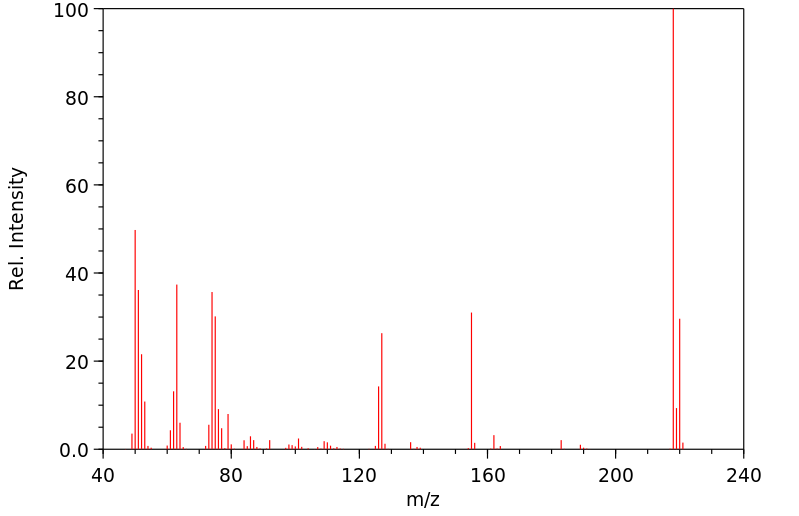代谢
CDDs通过口服、吸入和皮肤暴露途径被吸收。CDDs通过血清脂质和脂蛋白在血浆中运输,主要分布到肝脏和脂肪组织。CDDs通过微粒体单加氧酶系统非常缓慢地被代谢为极性代谢物,这些代谢物可以与葡萄糖醛酸和谷胱甘肽发生结合反应。它们可能通过诱导I相和II相酶来增加自己的代谢速率。CDDs的主要排泄途径是胆汁和粪便,尽管也有少量通过尿液和哺乳排出。
CDDs are absorbed through oral, inhalation, and dermal routes of exposure. CDDs are carried in the plasma by serum lipids and lipoproteins, distributing mainly to the liver and adipose tissue. CDDs are very slowly metabolized by the microsomal monooxygenase system to polar metabolites that can undergo conjugation with glucuronic acid and glutathione. They may increase the rate of their own metabolism by inducing both phase I and phase II enzymes. The major routes of excretion of CDDs are the bile and the faeces, though smaller amounts are excreted in the urine and via lactation. (L177)
来源:Toxin and Toxin Target Database (T3DB)







